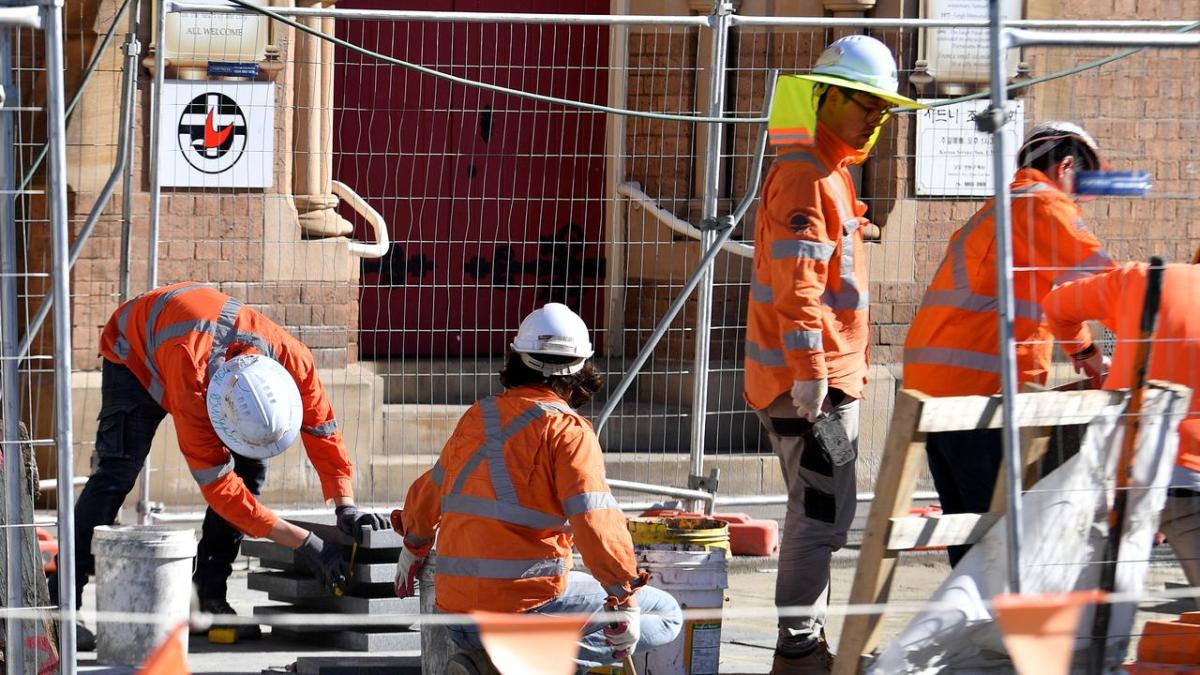Australia’s job market has remained a bright spot in an otherwise bleak economy under pressure from higher interest rates and elevated inflation.
How well the labour market is faring will be on display when the Australian Bureau of Statistics releases its May jobs data on Thursday.
Even as the economy slows in response to higher interest rates and persistent price pressures, the unemployment rate has been holding at below average levels and jobs growth has been strong.
Yet the jobs market is expected to gradually weaken and in April the unemployment rate rose by 0.2 percentage points to 4.1 per cent.

The ABS data falls days ahead of the Reserve Bank of Australia’s next interest rate meeting, over two days starting Monday, with economists broadly expecting the central bank to stay on hold at 4.35 per cent as it continues to monitor the economy.
Heading into the May jobs data release, ANZ economists were of the view the jobless rate may fall back to 3.9 per cent to reflect more people than usual waiting to start a new gig in April.
They had pencilled in a 15,000 increase in employment over the month, following a 38,500 lift in April and a 5900 drop in the month before.
Treasurer Jim Chalmers said despite challenges facing the economy, inflation was moderating, real wages were growing and “our labour market remains one of our greatest strengths”.
“Our labour market has outperformed major advanced economies with a higher participation rate and stronger employment growth since we came to government,” he said.

